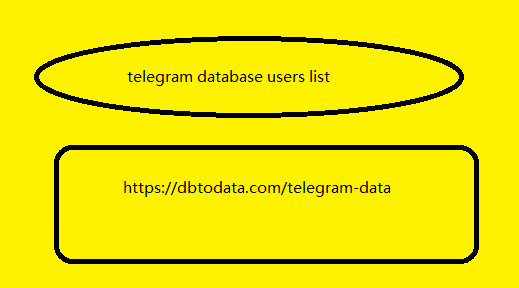The following article by MISA MeInvoice will summarize the management accounting formulas commonly used when doing management accounting at businesses.
Note: If you need an overview of management accounting including information on salaries and career skills, please read the additional article before reading this article.
See more: What is management accounting ? Salary, necessary skills
management accounting formula
Table of Contents Hide
1. Management accounting formula analyzes the relationship between cost – volume – profit
1.1 Contribution margin
1.2 Contribution margin ratio
1.3 Business leverage
1.4 Break-even point
1.5 Sales volume, sales revenue
1.6 Safety margin
1.7 Consumption output
2. Management accounting formula for analyzing production cost fluctuations
2.1 Analysis of direct material cost fluctuations
2.2 Analysis of direct labor cost fluctuations
2.3 Analysis of general hong kong telegram data manufacturing cost variation
3. Management accounting formula to determine product selling price
3.1 Determine bulk selling price
3.2 Determine service price
Conclusion
1. Management accounting formula analyzes
the relationship between cost – volume – profit
1.1 Contribution margin
Contribution margin (also known as generating interest in the sales funnel Profit on Variable Costs) is the difference between revenue and variable costs. The contribution margin, after covering fixed costs, is the profit. The contribution margin can be calculated canada email lead for all products, a single product, and a single unit of product.
Total product contribution margin = Revenue – Total product variable cost
Contribution margin of 1 product = Selling price of 1 product – Variable cost of 1 product
1.2 Contribution margin ratio
The contribution margin ratio is the ratio of contribution margin to revenue another very powerful tool. The contribution margin ratio is used to determine how much the total contribution margin changes when revenue changes.
Contribution margin ratio = (Total Contribution margin / Total revenue) * 100%
If calculating each product separately, it can be calculated as follows:
Contribution margin ratio = (Selling price – Variable cost) / Selling price * 100%
1.3 Business leverage
The concept of business leverage, also known as operating leverage, is used to reflect the level of influence of a business’s cost structure (the structure between fixed business costs and variable
on pre-tax and interest profits when revenue changes.
Operating leverage = (Profit growth rate / Revenue growth rate) > 1
Operating leverage = Contribution margin / Profit (before tax)
1.4 Break-even point
The break-even point is defined as the point at which fixed costs are recovered. It only occurs when we have what is called the contribution margin, which is the difference between revenue and variable costs. When we divide fixed costs by contribution margin, we get the break-even point (managerial accounting formula).
Break-even sales volume = Fixed costs / Contribution margin per product
Break-even revenue = Fixed costs / Contribution margin ratio
1.5 Sales volume, sales revenue
Sales volume = (Fixed cost + Desired profit) / Contribution margin of 1 product
Sales revenue = (Fixed cost + Desired profit) / Contribution margin rati

